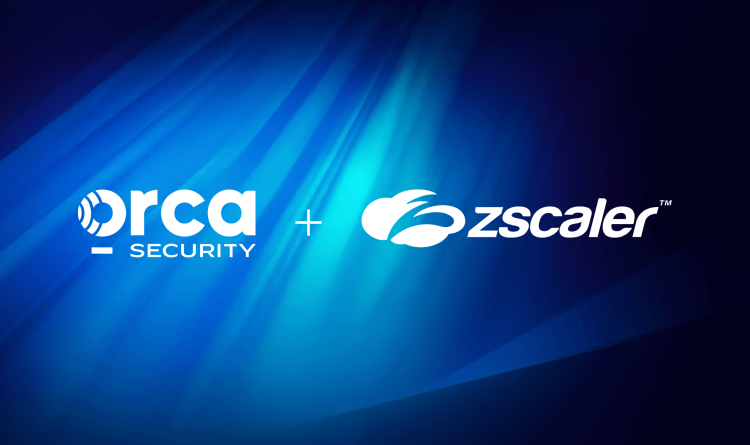Software Composition Analysis (SCA) is a method used to identify and manage open-source and third-party components within software applications. SCA tools analyze codebases to detect known vulnerabilities, licensing risks, outdated dependencies, and other security or compliance concerns associated with software supply chains.
With the growing reliance on open-source software, SCA has become essential for organizations looking to reduce risk, maintain compliance, and improve software quality across modern development environments.
What is Software Composition Analysis?
SCA is the process of scanning application artifacts—such as source code, binary files, and container images—to build a complete inventory of software components. This inventory is used to:
- Identify open-source libraries and packages in use
- Detect known vulnerabilities tied to specific components (e.g., CVEs)
- Evaluate licensing obligations and conflicts
- Track outdated, deprecated, or end-of-life components
- Monitor for dependency and version drift
SCA provides visibility into the software supply chain, enabling organizations to understand what their software is made of and how those components might introduce risk.
Why SCA matters
Most modern applications are assembled using open-source and third-party components, often representing 70-90% of the overall codebase. While this accelerates development, it also introduces supply chain risk.
SCA helps address this risk by:
- Improving security: Identifying and alerting teams to known vulnerabilities in dependencies
- Supporting compliance: Ensuring license obligations are met for all software components
- Enhancing DevSecOps: Embedding security checks into CI/CD workflows
- Enabling incident response: Allowing teams to quickly assess exposure to newly disclosed vulnerabilities like Log4Shell
- Reducing technical debt: Highlighting outdated or high-risk components that require updates
Without SCA, development teams may unknowingly ship insecure or non-compliant software.
SCA vs. SBOM
While Software Bill of Materials (SBOM) and Software Composition Analysis (SCA) are closely related, they serve distinct purposes:
- SBOM is the output: a structured inventory of software components
- SCA is the process/tooling used to generate and analyze that inventory
SCA tools often produce SBOMs in standard formats (e.g., SPDX, CycloneDX), and use that data to detect vulnerabilities and compliance issues. In practice, SBOM generation is just one of many SCA capabilities.
SCA in DevSecOps and cloud-native development
In modern DevSecOps pipelines, SCA is integrated early in the software development lifecycle to:
- Perform pre-commit scans on developer machines
- Automate dependency checks during builds
- Prevent deployment of vulnerable or unlicensed code
- Alert teams to new vulnerabilities discovered post-deployment
SCA also plays a key role in cloud-native application security, scanning container images, infrastructure as code (IaC), and cloud functions for risky dependencies.
Challenges of Software Composition Analysis
Despite its value, SCA comes with challenges:
- High false positives: Flagging vulnerabilities in packages that are unused or unreachable
- Lack of context: Difficulty understanding whether a vulnerable function is actually invoked at runtime
- Tool fragmentation: Managing multiple tools for different languages or environments
- Scalability: Handling large codebases or polyglot environments across teams
- Integration complexity: Ensuring SCA fits seamlessly into developer workflows without causing friction
To be effective, SCA tools must provide accurate results, contextual prioritization, and minimal developer disruption.
How Orca Security helps
The Orca Cloud Security Platform includes advanced application security capabilities, including SCA, tailored for cloud-native environments across AWS, Azure, Google Cloud, Oracle Cloud, Alibaba Cloud, and Kubernetes.
With Orca, security and DevOps teams can:
- Automatically detect vulnerabilities in open-source and third-party code
- Catch issues before deployment with comprehensive, customizable security policies
- Trace cloud risks back to their code origins and leverage AI-driven remediation to fix issues at their source
- Integrate security findings directly into developer workflows and tools, including SCM platforms and ticketing systems
By combining SCA with complete cloud visibility and runtime context, Orca helps organizations secure their software supply chains from build to production—and back again.



